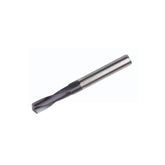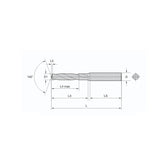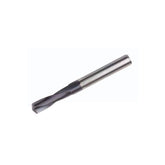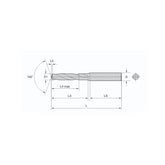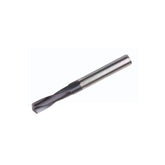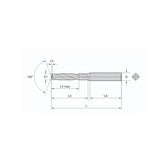WLI White Light Interferometry: Exploring a New Approach to Non-Contact 3D Measurement
In the micro-manufacturing processes of industries such as semiconductors, optical components, and automotive manufacturing, the precise measurement of product surface topography and dimensions significantly contributes to ensuring stable product performance and provides strong support for the upgrading of production processes.
Against this backdrop, WLI (White Light Interferometry) technology has become one of the forefront technologies in the field of precision measurement, leveraging its advantages of high precision and non-contact 3D measurement.

Basic Principle
WLI, or White Light Interferometry, is a precision measurement technology based on the principle of optical interference. It utilizes the phenomenon of light interference to detect minute undulations or changes on the surface of a workpiece, enabling non-contact 3D shape measurement of an object's surface.

During operation, a beam of white light is split into two: one beam is directed towards a reference mirror inside the interferometric objective, and the other towards the measured object. The two reflected beams meet and produce interference. As the interferometric objective scans along the Z-axis, white interference fringes are generated only at the position where the objective is in focus with the measured object. A CCD camera captures the peak positions of the fringe intensity, and through algorithmic processing, the 3D shape of the measured object is determined.
After understanding the principle, let's look at the advantages of this technology and Mitutoyo's WLI product lineup.
Technical Advantages
Non-Contact, Non-Destructive Inspection
Traditional contact measurement can easily scratch workpiece surfaces, posing a high risk especially for fragile components like chips and optical elements. The WLI-Unit, based on the principle of white light interferometry, acquires 3D topography data without physical contact, avoiding human-induced damage and ensuring the integrity of the measured part.
High Precision, Meeting Nano-Level Inspection
Z-axis resolution can reach up to 4 nm. The 3D topography intuitively presents the microscopic undulations of the workpiece surface, enabling 3D analysis such as flatness and step height, meeting the nano-level inspection requirements of semiconductors and optical devices.
Flexible Adaptation to Diverse Scenarios
Economical, Modular Sensor Components:

The non-contact 3D measurement sensor WLI-Unit adopts a modular design. It can function both as a standalone precision laboratory instrument for fine inspection and as a component integrated into various equipment or production lines, effectively reducing costs while meeting white light interferometry measurement needs.
Composite High-Precision 3D Measurement System:

The QVWLI Pro is a composite high-precision 3D measurement system that mounts a white light interferometer on the QUICK VISION vision measuring machine.

Dual-purpose machine: Utilizes the WLI optical system to acquire 3D data, enabling 3D surface characteristic and roughness analysis, and performs specified height dimension and cross-sectional shape measurements based on the 3D data.
Measurement Application Examples
Mitutoyo's WLI white light interferometry technology, with its exceptional precision, advantages of non-contact measurement, and strong environmental adaptability, can demonstrate significant utility in micro-measurement across multiple fields. Here are some measurement examples for further understanding.
Semiconductor Packaging Substrate: Via, Line Width/Spacing, 3D Fine Shapes, etc.
With the improvement of semiconductor performance, chip packaging technology is gaining attention. Using the white interference principle, WLI can measure fine shapes such as vias, line width and spacing, and 3D surface roughness during the packaging process, helping to enhance product quality and reliability.
Flip Chip IC Substrate Inspection Diagram:


WLI can meet the following inspection needs:
- Line width and spacing measurement of wiring on packaging substrates
- 3D analysis of Via shapes
- 3D surface shape analysis: surface flatness, micro-defect detection, etc.
Other Application Examples
Metal Thin Films: Suitable for surface analysis, step height measurement.

Connectors: Measurement of cross-sectional shape, coordinate position, outer diameter, and height of B-to-B connectors.


Precision Machined Micro-Parts: Achieves accurate measurement of cross-sectional shapes.

WLI white light interferometry technology, with its significant advantages, plays an important role in micro-manufacturing inspection across multiple industries.
